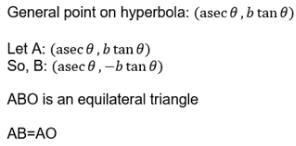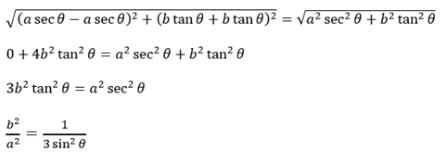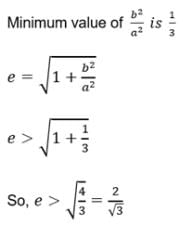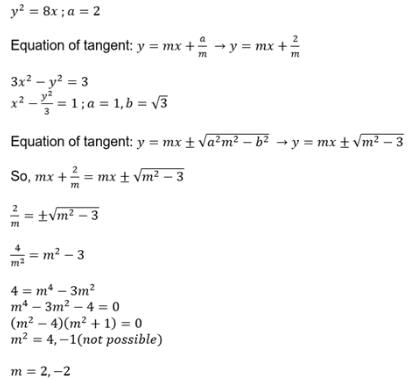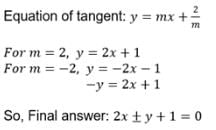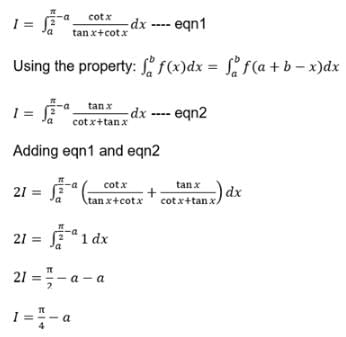KVS PGT Mathematics Mock Test - 10 - KVS PGT/TGT/PRT MCQ
30 Questions MCQ Test KVS PGT Exam Mock Test Series 2025 - KVS PGT Mathematics Mock Test - 10
Directions: In the following question, out of the four alternatives, select the word similar in meaning to the word given.
Dissuade
किस विकल्प में मुहावरा और उसका अर्थ सुमेलित नहीं है?
In order to perform a calculation in a spreadsheet, you need to use a:
With reference to the contribution of the community to education, which of the following statements is correct?
I. Providing financial assistance.
II. Academic and administrative support.
III. Setting the course.
You are a class teacher of the seventh standard. A concerned mother consults you on the changing behaviour of her daughter and her continuous loss of interest in her studies. You hold the stage and her involvement in her peer groups to be responsible for this. The stage that marks the involvement of children in their peer groups is
The area of the region bounded by the curves y = |x−2|, x = 1 , x = 3 and the x – axis is
Let S be the set of all straight lines in a plane. Let R be a relation on S defined by a R b ⇔ a ⊥ b. then, R is
If A = {2, 3, 4, 8, 10}, B = {3, 4, 5, 10, 12}, C = {4, 5, 6, 12, 14} then (A ∩ B) ∪ (A ∩ C) is equal to:
If x satisfies |x - 1| + |x - 2| + |x - 3| > 6 , then
Find the angle between the following pairs of lines:
 and
and 
AB is a double ordinate of the hyperbola such that DAOB (where `O' is the origin) is an equilateral triangle, then the eccentricity e of the hyperbola satisfies
A hyperbola, having the transverse axis of length 2 sin θ, is confocal with the ellipse 3x2 + 4y2 = 12. Then its equation is:
The equation of the common tangent to the parabola y2 = 8x and the hyperbola 3x2– y2 = 3 is
Let P(n) is the statement the product of two consecutive natural numbers is even. Then which of the following is true?
The total number of ways of answering 5 objective questions, each question having four choices are
If each pair of equations x2 + ax + b = 0, x2 + bx + c = 0 and x2 + cx + a = 0 has a common root then product of all common roots is :
The two consecutive terms in the expansion of (3+2x)74, which have equal coefficients, are
Three distinct numbers are selected from first 100 natural numbers. The probability that all the three numbers are divisible by 2 and 3 is



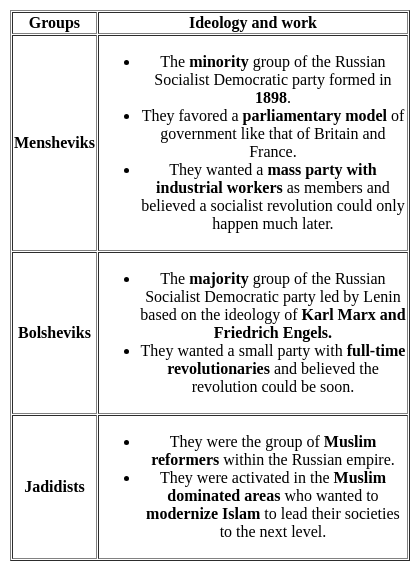
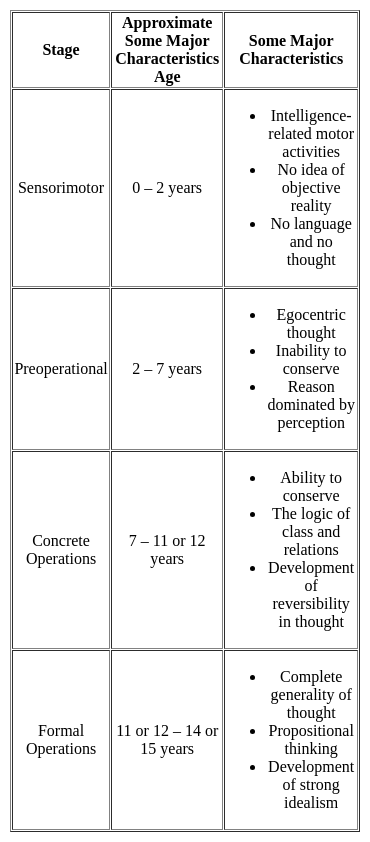
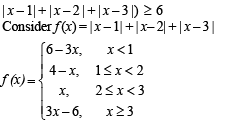
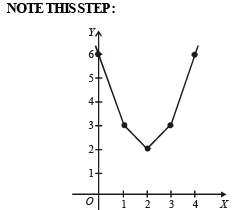




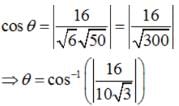

 is.
is.